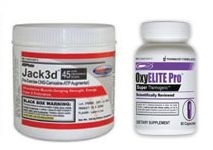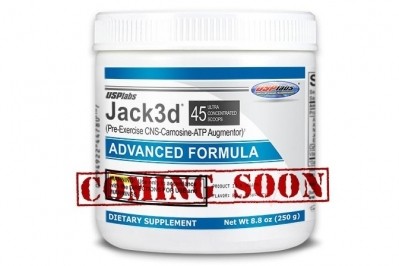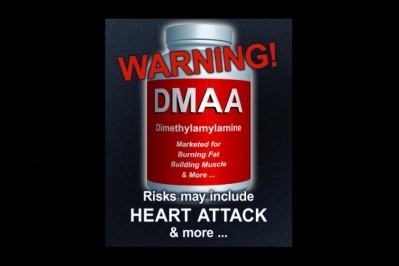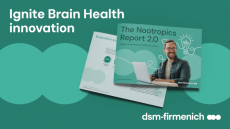ABC article puts another nail in DMAA's coffin

DMAA has been a hot button issue for more that a year after use of the ingredient was linked to the deaths of two US soldiers. Products containing the ingredient were subsequently banned from military bases. FDA subsequently took DMAA marketers to task over inadequate safety data on the ingredient.
The stimulant ingredient had been used by a number of formulators of pre workout products, most notably USP Labs, which marketed products called Jack3d and OxyElite Pro containing DMAA. Jack3d contained caffeine, also, and the label featured a comprehensive warning about dosing levels.
DMAA (most commonly known as 1,3-dimethylamylamine/methylhexaneamine) has also gained a reputation as a party drug and has caused more doping violations than any other substance since it appeared on the World-Anti-Doping Agency prohibited list in 2010. The product was the subject of bans or warnings in a number of countries in 2012, including Germany, Denmark and Australia.
“I don’t know if this puts a final nail in the coffin. It puts another nail in the coffin. We’ve already seen a trend in the industry where some companies are moving away from DMAA for a variety of reasons,” Mark Blumenthal, executive director of ABC told NutraIngredients-USA.
In the ABC article, which was sent out to members via e-mail, author Tyler Smith takes an in-depth look at the studies conducted on the origin of the ingredient. Proponents claimed that the chemical could be found in geranium, and at first hung their hats on an obscure 1996 paper by Ping et al. that listed (without further comment) DMAA as one of the trace chemical constituents of the plant. However, numerous translation and other errors in the paper led observers to doubt its veracity.
Papers not carefully reviewed
After much comment, USP Labs subsequently funded two studies looking into the provenance of the ingredient. The first red flag, according to experts quoted by the article, was where the studies were published. They were not submitted to one of the high-profile, peer-reviewed journals (admittedly a long process), but rather were published in an online, open-access journal.
The article quoted Mark Roman, PhD, an analytical chemist who is president and technical director of Tampa Bay Analytical Research on the subject of open-access publication.
“All the USP Labs-funded papers have been published in open-access journals, meaning [the company] paid for publication. Open-access journals have notoriously poor peer-review processes. The fact that only USP Labs-funded studies published in open-access journals have shown the presence of DMAA in geranium oil does raise my suspicions,” Roman said.
Both of the USP papers were published Analytical Chemistry Insights, which according to the ABC article charges North American authors $1,848 for publication.
Insufficient authentication
Experts quoted for the ABC article also questioned the methodology of the tests. In both papers, Li et al. and Fleming et al., the ingredient was said to be insufficiently authenticated.
“The Fleming et al. paper shows no independent authentication of the materials, nor chain-of-custody,” Roman was quoted in the article. “In the Li paper, the plant materials were all authenticated in China with no additional authentication performed by their laboratory. This raises concerns about the possibility of adulteration.”
NDI end run?
The future of DMAA is dim in any case, the article notes. USP Labs has reformulated Jack3d to elmininate DMAA, though versions containing the ingredient can still be purchased online. Perhaps the wider implications of the DMAA debate will play out in the future, as formulators of edgy pre workout products try to find new stimulant ingredients that can in theory be linked to plant sources. Taking this route, the article says, can be seen as an end-run of sorts around DSHEA and its requirement for the filing of New Dietary Ingredient notifications, by claiming a linkage to a grandfathered Old Dietary Ingredient.
















